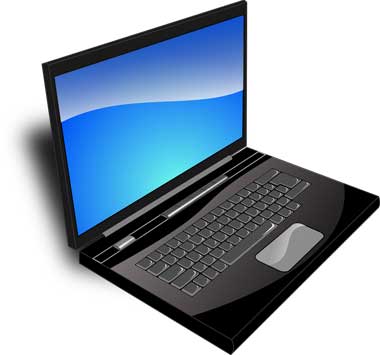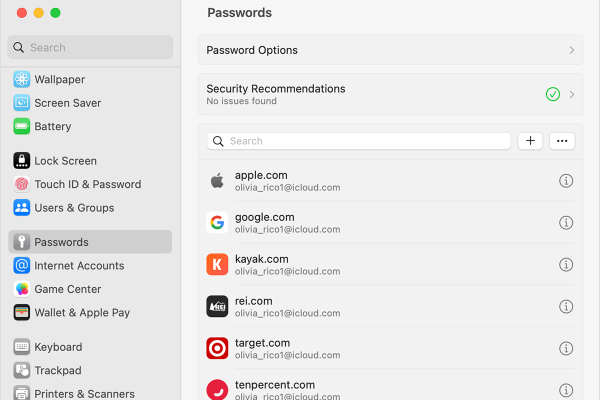Over some time, computers have gone through a series of changes. So, the machines that once came in huge sizes with the most basic components are now available in the most fashionable models. Moreover, everything about the computer world has been fascinating. Right from the inception until now, the evolution of technology across the computer generations can be witnessed.
Computers are used extensively in every space. From the educational institutions, railway stations, banks, hospitals, homes, and industries; the applications are vast. Moreover, with the advancement of technology, computers can now be customized according to the requirement of every individual.
The latest designs, stylishness, compactness, and the features everything has been revolutionized to a greater extent. Therefore, the dawn of the computer era started with vacuum tubes and has reached a stage where heat sinks are being used.
Understanding the life cycle of a computer and computer generations can be fascinating. Therefore, having a computer then was a luxury, in today’s world, it has become one of the basic needs. So, this article focuses on various computer generations and the history of digital development. Let’s quickly understand computer generations history!
The first-generation computer
Built using the Machine Codes, the first-generation computers came into existence from 1946-1959. Components like vacuum tubes and electric bulbs were used as part of the memory and the Central Processing Units. Moreover, these were not just bulk; they came at a very expensive cost as well. Besides, no one other than the well-established companies could afford these devices. The input and output devices were pretty complex as they used magnetic tapes and punch cards. ENIAC, UNIVAC, and some of the IBM series computers like IBM-650 and IBM-701 belonged to the first-generation computers.
Advantages of First-generation computers
- New technology came into existence
- People started focusing more on improvising
Disadvantages
- Very expensive
- Too huge
Second Generation Computers
The dawn of the second-generation computers started from 1959-1965. These systems were pretty advanced when compared to the previous generation. Moreover, the usage of transistors made these machines cheaper than the former ones. Plus, the sizes were reduced, and they were also made to work faster. Magnetic cores and magnetic tapes were the dominant components of this generation computer. The secondary storage devices were made using these components. ALPs like COBOL and FORTRAN also came into existence during this period. IBM 1620, UNIVAC 1108, and a few CDC series computers dominated this generation’s computers.
Advantages of Second-generation computers
- They were much smaller than the first-gen computers
- The heat generated was slightly lesser
Disadvantages
- Usage of AC was mandatory
- Only the wealthiest could afford it.
Third Generation Computers
It was the generation that witnessed tremendous changes in the computer technology space. Moreover, the third-generation computers were introduced in the year 1965, and they lasted until 1971. This was the first time the world got to know the concept of Integrated Circuits. Usage of all the electronic components on one chip was effectively used in this generation computer. Jack Kilby was the founder of IC. Therefore, with these ICs in place, there was a drastic change in the size of the computers. They became smaller, and also High-level languages like PASCAL PL/1, BASIC, and ALGOL-68 started kicking in. Honeywell-6000 series and IBM-360 series were the most popular computers of this generation.
Advantages of third-generation computers
- Usage of advanced technology
- Concept of the internet came in light for the first time
Disadvantages
- Huge when compared to the fourth-gen computers
- Not that user-friendly
Fourth Generation
From 1971 onwards, the fourth generation of computers started coming into the markets. So, by this time, the digital world had started to bloom and flourish. Besides, these computers were using the concept of VLSI. A small chip could perform all the tasks effectively, and these computer generations gave hope to improve them further.
With these circuits, the development of microcomputers started. These machines very powerful, smaller, and inexpensive too. Even the home users started to get computers to their homes with the introduction of 4th generation computers.
Time-sharing, real-time networking, simple OS, and programming languages like C, C++, and others came into existence during this period. Later, the fourth-generation came to an end with the introduction of the fifth-generation computers in the year 1980. Moreover, the computers of this generation are DEC 10, STAR 1000, and CRAY-1 computers.
Advantages of fourth-generation computers
- User-friendliness
- Everyone could afford it
Disadvantages
- People started depending a lot on the machines
- Limited varieties
Fifth Generation Computers
From 1980 to date, all the computers belong to the fifth generation. Also, the robust advancement in technology and the digital world has led to unfathomable innovations. Moreover, these generation computers saw a revolution in terms of technology, size, varieties, and cost. Besides, operating systems started becoming simpler and advanced. Plus, the customers get enough satisfaction in the present generation.
The technology of the current computer generations
Technologies like Artificial Intelligence and Big Data started booming in making the usage of computers much simpler. Moreover, computer Science Technology emerged as a mainstream industry, and there is probably no one on this planet who does not own a computer now. (Lasvegasoms.com) Advance versions of programming languages like Java, Dotnet, OOPS, and Machine Learning are in use these days. Besides, this generation of computers is lead by the usage of Microcontrollers and Microprocessors. The advancement in this generation results in several innovations in the digital world, such as pagers handheld devices, smartphones, and other gadgets. Altogether, laptops have become pretty common, and everyone has it these days.
Advantages of the fifth-generation computer
- These generation computers were capable of understanding the human language as they have programs based on advanced languages.
- AI technology has made it extremely easy for users. These computers are self-organized as they are built using Artificial Intelligence technology.
- Everyone can afford it
- A lot of manufacturers came into existence
- Varieties are in abundance
- Ease of accessibility
With all the advantages, certain disadvantages come along with these computers.
- Too much of dependency
- It is taking over human intelligence
- Fear of privacy
Well, this is the process of the inception of computers; knowing about the computer generations’ history would give you a picture of the advancements occurring in the areas of the digital world. Therefore, if you want to learn more about something, it is always great to go through the entire history of it, isn’t it?











